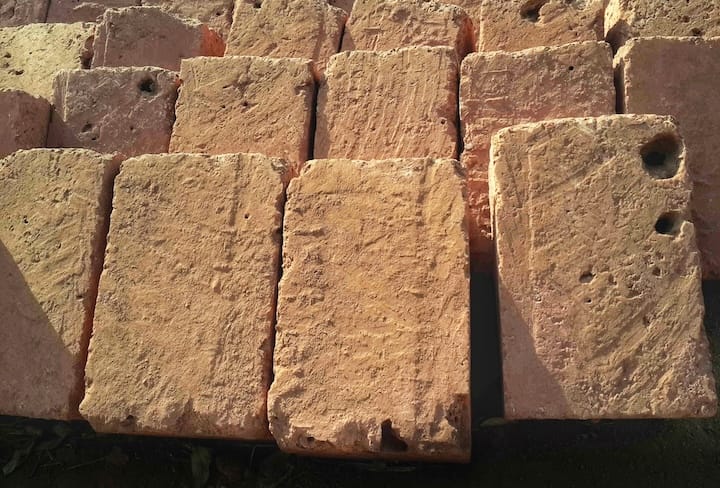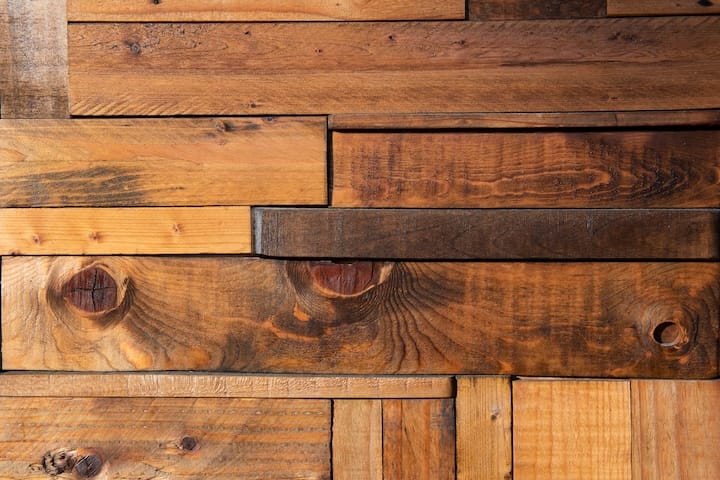Let’s discover the role of raw and reclaimed materials in architecture, promoting sustainability, cost-efficiency, and an authentic, natural aesthetic.
Introduction
Architecture today is embracing the use of raw and reclaimed materials more than ever. These materials not only promote sustainability but also enhance the aesthetic appeal of buildings by connecting them to nature and history. Understand how raw and reclaimed materials are reshaping modern architecture.
Raw materials, like stone, timber, clay, and metal, come in their purest form. Their natural look creates authentic designs that blend seamlessly with the environment. On the other hand, reclaimed materials come from old structures. Architects reuse wood, bricks, and metal, which reduces waste and preserves resources.
Benefits
Sustainability is one of the biggest benefits. Reclaimed materials lower the demand for new resources, shrinking a building’s environmental footprint. When responsibly sourced, raw materials also cut down on energy use and pollution.
Another benefit is cost-efficiency. These materials often cost less than new ones. Raw materials, especially in their natural state, don’t need expensive processing, making them a practical choice.
Aesthetic appeal is another draw. Natural stone or timber adds warmth and a connection to nature. Reclaimed materials, with their worn and aged surfaces, bring character and history to a building.


Examples in Modern Architecture
The professionals widely use raw concrete and exposed timber. Brutalist architecture, for example, highlights the raw, unfinished look of concrete. Exposed timber beams bring warmth to modern designs and create a balance between natural and industrial elements.
Both reclaimed wood and brick also add texture to modern homes and public buildings. Many architects use reclaimed timber for feature walls, adding a rustic charm. In urban settings, reclaimed brick helps tie old and new structures together, giving a timeless look.
While these materials offer numerous benefits, there are challenges to consider
- Sourcing these materials can be time-consuming, as each piece must meet strict quality standards. For instance, reclaimed wood and bricks often require inspection for structural integrity before reuse, ensuring they are safe for new construction.
- Durability is another concern, especially with reclaimed materials. They may need treatment or reinforcement to prevent degradation over time. For example, reclaimed wood might require sanding, sealing, or even pest control to guarantee longevity.
- Additionally, ensuring raw materials are sustainably harvested adds complexity to the process. Architects and builders need to verify that resources, like timber or stone, are sourced responsibly, without harming ecosystems.
- Reclaimed materials must also be tested for structural soundness, which can introduce extra steps, such as retrofitting or specialised restoration techniques.
Future Outlook
As sustainability grows in importance, architects will continue to use raw and reclaimed materials. These materials lower environmental impact and offer a unique aesthetic. Architects who prioritise sustainability will lead the way in green and circular design.
Incorporating raw and reclaimed materials into architecture shows a commitment to sustainability and authenticity. Prioritising materials that emphasise natural beauty and reuse, architects create environmentally friendly spaces rich in character and history. The future of architecture will undoubtedly include more of these thoughtful, resource-conscious designs.




